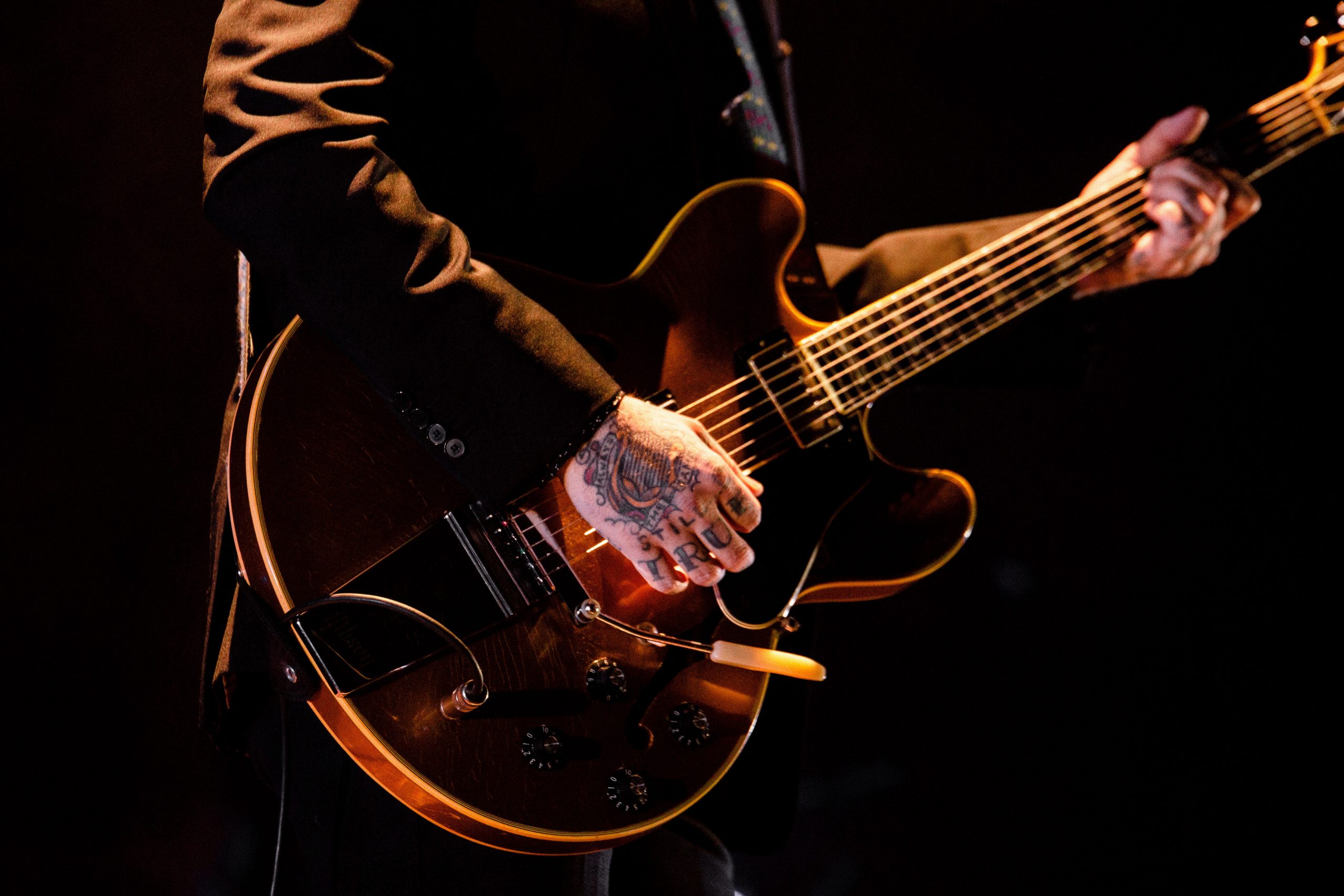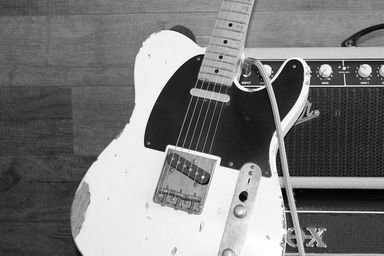Let’s look at the major and dominant side of triad soloing. To get a major triad, all we need to is raise the b3 to a 3.

Again, if you want to learn the other twelve shapes, simply add in the remaining intervals.

You don’t have to learn the intervals in dark blue at the moment, what I want you to learn are the three main shapes.
Here are the diagrams for you to add in the b7, 7 and 4 for reference as the only thing we’re changing here is the b3 to a 3.



Task: Make sure you know by reflex where the 1, b3, 3, 4, 5, b7, and 7 are on the fretboard in and around those three main triad shapes before going any further. By all means use just the first shape if you’re still testing this method out.
The 1, b3, 3, 4, 5, b7, and 7 are the foundation of many common scales and arpeggios, but don’t worry about these just yet.
Major Scale: 1, 2, 3, 4, 5, 6, 7
Mixolydian: 1, 2, 3, 4, 5, 6, b7
Lydian: 1, 2, 3, #4, 5, 6, 7
Major Pentatonic: 1, 2, 3, 5, 6
Major 7 Arpeggio: 1, 3, 5, 7
Dominant 7 Arpeggio: 1, 3, 5, b7
In Part 4, we’ll look at how to access any arpeggio, scale or mode on the fretboard.



